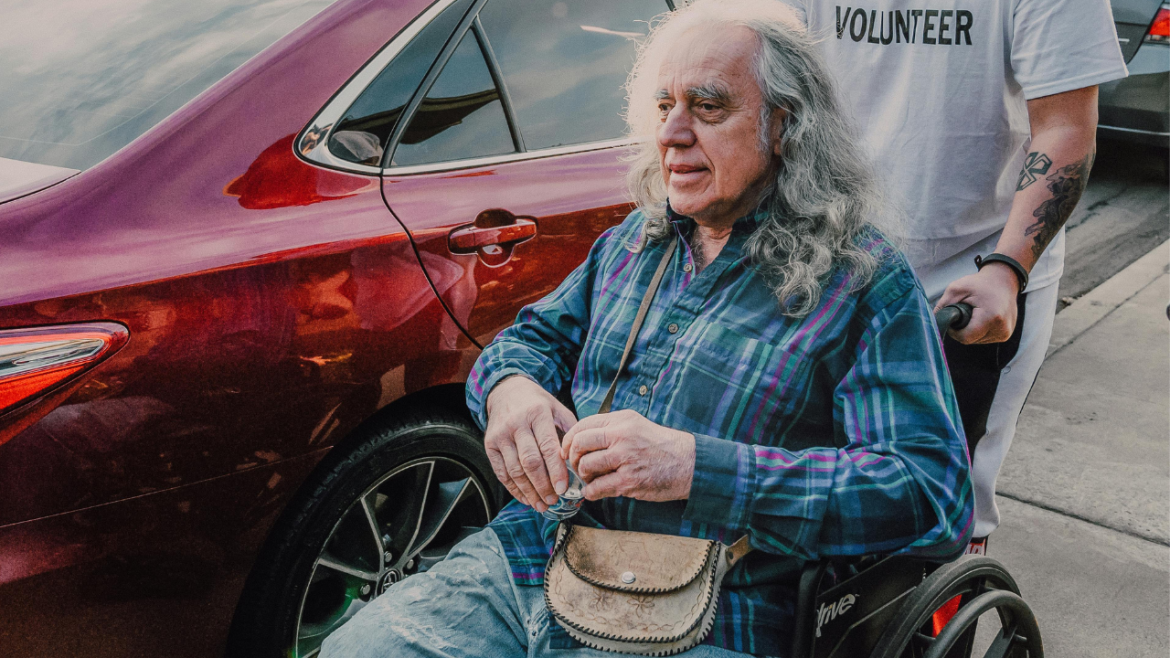3 Important Steps To Take To Help Seniors After Discharged From Hospital
When a senior is discharged from the hospital, families often breathe a sigh of relief, yet that relief can quickly give way to worry. The transition from hospital to home is one of the most vulnerable times for older adults. Without proper guidance and care, complications can arise, and the progress made during the hospital stay may begin to unravel.
That is why understanding the most important steps to take during this period is not only practical but also deeply compassionate. By addressing medical needs, emotional well-being, and safe environments, families can create a foundation where healing truly continues.
Step One: Managing Medical Care With Precision
The first step after discharge involves managing medical care with attention and accuracy. Seniors often return home with new medications, wound care instructions, or therapy routines. These tasks can feel overwhelming, yet each is vital for recovery. Families who take the time to organize medication schedules, follow treatment plans, and communicate regularly with healthcare providers give their loved one the best chance at healing. A missed dose or skipped appointment may seem small, but it can create setbacks that prolong recovery. When care is consistent and precise, it reassures both the senior and the family that health remains the top priority.
Medical care also extends beyond prescriptions and instructions. It includes observing changes in the senior’s condition, from sudden fatigue to signs of infection. Being proactive allows caregivers to recognize problems early, before they turn serious. This diligence transforms the home into a place of healing rather than a place of uncertainty. By treating every detail as essential, families demonstrate their love and their commitment to protecting the progress made in the hospital.
Step Two: Creating A Safe And Supportive Environment
The second step is ensuring that the home environment supports recovery rather than placing obstacles in the way. A hospital room is designed for safety, but many homes are not. Seniors may return with reduced mobility, weakness, or confusion, which makes falls a significant risk. Creating a safe environment means making thoughtful adjustments, such as removing tripping hazards, ensuring clear pathways, and keeping essential items within easy reach. These changes are not about altering the home permanently; they are about giving seniors the confidence to move safely as they regain their strength.
Support also extends to emotional reassurance. Returning home can feel disorienting after days or weeks surrounded by medical staff. The familiar surroundings may provide comfort, but the lack of constant monitoring can cause anxiety. Families who create a calm, peaceful atmosphere help ease this transition. Simple gestures, like sitting with a loved one during meals or sharing quiet conversations in the evening, strengthen bonds and remind seniors that they are not facing recovery alone. These moments of care carry as much healing power as medicine, because they restore a sense of belonging and security.
Step Three: Encouraging Emotional And Physical Engagement
The third step focuses on encouraging both emotional strength and physical activity. Seniors recovering after hospitalization often feel fragile, not only in their bodies but also in their spirits. Depression, isolation, and fear can creep in, slowing the healing process. Families who encourage gentle activity and positive engagement give their loved one a renewed sense of purpose. A short walk in the garden, a puzzle at the table, or a phone call with a friend can lift moods while stimulating both the body and the mind.
Equally important is recognizing the value of emotional encouragement. Words of reassurance, listening with patience, and celebrating small milestones all contribute to resilience. Healing is not measured only in medical charts but also in the smiles that return, the laughter that surfaces, and the sense of independence that gradually rebuilds. By focusing on emotional engagement alongside physical care, families create a recovery that feels whole and lasting.
Moving Forward With Confidence
Helping a senior after hospital discharge is not about perfection; it is about love expressed through attention, safety, and encouragement. These three steps—managing medical care, creating supportive environments, and fostering emotional and physical engagement—form the heart of successful recovery. Families who commit to these actions often see not only improved health outcomes but also stronger relationships. The transition home becomes less about fear of setbacks and more about hope for progress.
Every act of care, no matter how small, tells the senior that their life is valued and their healing matters. By walking alongside them with patience and compassion, families transform the recovery journey into one filled with strength, dignity, and connection. The days after discharge may feel uncertain, but with these important steps, they can also become days of renewal and confidence.

